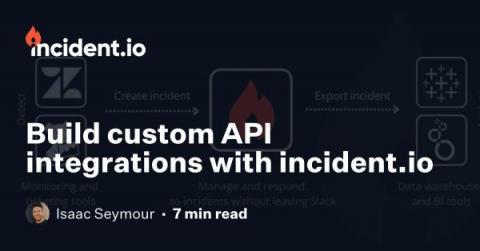Declare early, declare often: why you shouldn't hesitate to raise an incident
My first incident.io-incident happened in my second week here, when I screwed up the process for requesting extra Slack permissions, which made it impossible to install our app for a few minutes. This was a bit embarrassing, but also simple to resolve for someone more familiar with the process, and declaring an incident meant we got there in just a few minutes. Declaring the first incident when you start a new job can be intimidating, but it really shouldn’t be.











